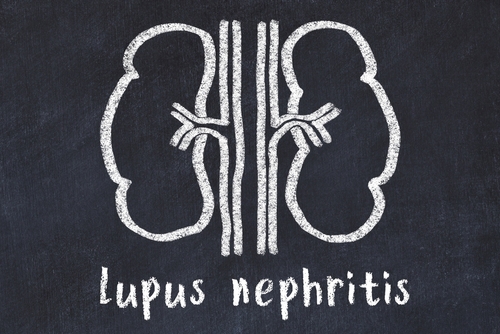
In a report published in Endocrine Journal, researchers presented data on the disease burden of X-linked hypophosphatemia (XLH) in East Asian patients. According to the study’s lead author, Nobuaki Ito, their survey showed that both adult patients and children with XLH still experience a significant burden of disease despite receiving conventional therapies.
The investigators utilized an online questionnaire to evaluate the health-related quality of life (HRQoL) and disease complications in Japanese and Korean patients—or caregivers of patients under 18 years of age—with XLH. Respondents provided demographic information, family history, diagnostic history, medical history, surgical history, disease-specific clinical symptoms, treatment, medications, and the use of ancillary equipment.
According to Ito and the collaborator’s report, 100% of children (14/14) and 93.8% of adults (30/32) reported that they were receiving treatment for XLH. “However,” the authors continued, “despite oral phosphate and active vitamin D use, short stature, gait abnormalities, dental conditions, and decreased physical function were reported.” Specifically, stapling of the growth plates was reported in 14.3% of children, while adult patients reported “high rates of bone pain (59.4%) and joint pain (65.6%).” Caregivers also reported symptoms of bone pain (35.7%), and joint pain (35.7%) in children with XLH. Adult respondents often had a history of complications associated with XLH treatments, including impaired renal function (9.5%), nephrocalcinosis (15.6%), hyperparathyroidism (15.6%), and parathyroidectomy (6.3%).
Ito and colleagues ultimately concluded that their data demonstrated that “patients (both pediatric and adult) continue to have symptoms such as pain, disability, and various complications despite receiving conventional therapies.”







 © 2025 Mashup Media, LLC, a Formedics Property. All Rights Reserved.
© 2025 Mashup Media, LLC, a Formedics Property. All Rights Reserved.